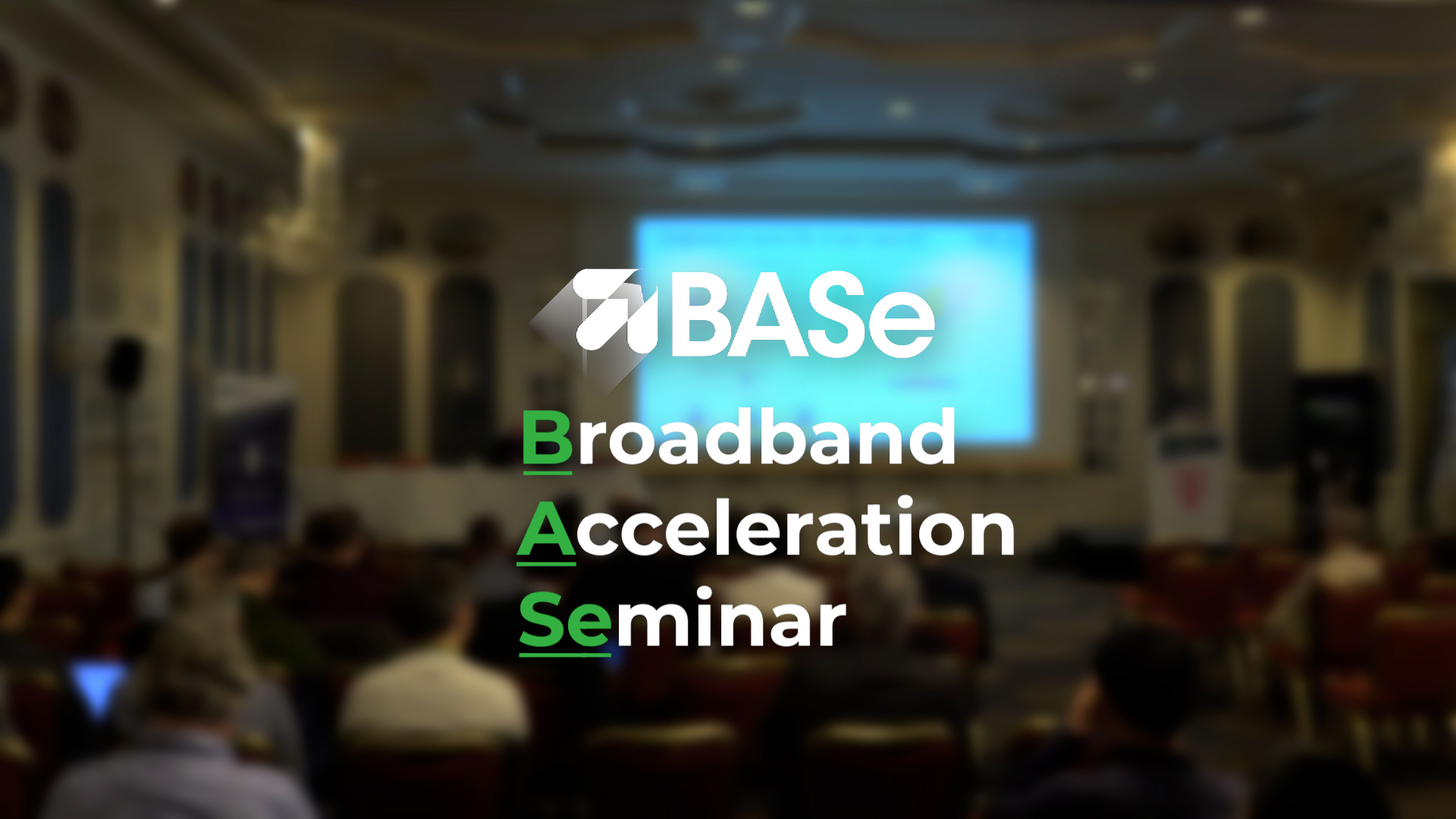By Craig Thomas, CEO at Broadband Forum
Recently, I had the privilege of attending and speaking at the Strategies in Satellite Ground Segment 2024 (SSGS24) event to talk about the great work that the Broadband Forum is doing to drive greater interoperability and open source collaboration in the broadband industry.
You might be thinking – where does the Broadband Forum fit in within the satellite ecosystem and why is our work relevant to those in the sector?
Well, fixed, mobile and satellite broadband markets are all experiencing common pain points. Success and competition in selling speed has driven down the price of connectivity and broadband packages. And no matter how cheap or fast these offerings are, they still do not meet customer demand for a seamless connectivity experience.
Placing speed on the back burner
In the fixed broadband realm, we are now seeing Passive Optical Networks (PON) with the capability of offering a range of speeds from 1Gbps to 10 Gbps, and 50 Gbps and beyond. But do we actually need all of that speed, now?
Just a 1 Gbps connection can handle activity from 100 devices at the same time, including multiple live streaming services and tens of 4K video and gaming sessions. That is more than enough speed for the average household and even small businesses.
Speed is also undermined if the connection is providing a poor or high latency service. A 10 Gbps connection with poor latency will deliver the exact same specific application experience that a 100Mpbs connection with poor latency will. This is something that end-users, such as teleworking video conferencers and gamers have noticed, and they are often willing to pay more for a premium service that provides lower latency.
Likewise, if a connection point goes down or out of range without a reliable secondary connection, its high speeds are now redundant.
From these standpoints alone, the industry needs to take its focus away from delivering speeds that the customer is not ready for yet and instead look to ensure that our networks have the necessary application intelligence and ubiquity to solve user experience challenges. We need to build broadband services that recognise the end-user, not just the connection.
Converging initiatives: Ubiquitous connectivity
Having listened in on the numerous roundtables and presentations from the satellite professionals at SSGS24, it is clear that that advances in Low Earth Orbit (LEO) satellite have positioned it as a competitor to both Fixed Wireless Access and 5G. It boasts speeds as high as 300 Mpbs, which we now know is enough speed to support multiple devices. It can also provide latency between 20-50 milliseconds, which is optimal for many applications.
Similar to fixed broadband initiatives, it was also clear from the event that one of the most important elements of the satellite sector’s work is convergence. Many of the speakers argued that no single technology or single player could fulfil the connectivity demands of the future and thus, the satellite sector cannot thrive on its own. Calls for deployable standards and greater interoperability across the industry were prominent.
The various speakers highlighted cellular networks - particularly 5G and the emergence of 6G in the 2030s - as a key partner in this roadmap to convergence.
What about fixed broadband?
It struck me that true convergence should be irrespective of access technologies. Fixed broadband has a leading role in broadband today, with FTTH/FTTB alone representing 66% of broadband connections globally and should certainly be within the convergence picture.
The convergence of communication technologies will play a pivotal role in delivering accessible connectivity across many diverse landscapes. It’s important to understand that the user does not care if their service is via satellite or terrestrial, as long as it is delivering their desired experience.
By leveraging the strengths of each technology, such as the high-deployment rates of fixed networks, the mobility of cellular networks, and the extensive reach of satellite, service providers can achieve greater digital inclusion, service reliability and a seamless experience for their customers.
We as an industry have been discussing the convergence of access, the edge and core for decades, often surrounding mobile convergence. We at the Broadband Forum have been successfully working on a standards approach with 3GPP for multiple years to achieve this, including our latest 5G Wireless-Wireline Convergence work.
Any discussion about convergence should incorporate fixed broadband which is also driving the defacto need for an improved “services-led” approach to the broadband experience. Through interoperability and convergence, enabled by globally adopted standards, we can provide service providers with access to a wider pool of technologies and applications to differentiate their services and drive greater ARPU. All while ensuring the desired ubiquitous, always-on connectivity.
